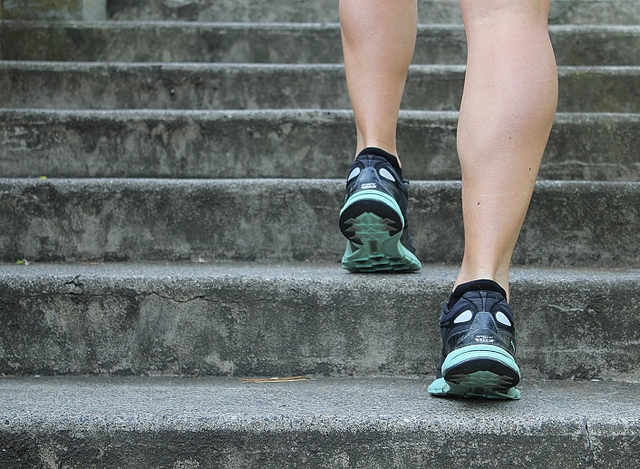Stubborn Tendon Injuries: Prevention & Management

What exactly is a tendinopathy? Firstly, tendon is the portion of tissue that attaches muscle to bone. Many of us have heard of tendonitis, which specifically refers to inflammation of the tendon, typically in acute injury where there is redness, warmth or swelling present. However, research has shown that more chronic cases of ‘tendonitis’ such as in tennis elbow or in the achilles show minimal to no inflammation actually present. This is why we more often refer to stubborn tendon issues as tendinopathies, or tendinosis. Rather, the tendon is in a cycle of failed healing where the tissue is unable to adapt to forces put upon it in daily activity or sport. Unlike muscles, tendons receive poor blood flow and are slow to adapt to a change of force which is why this type of injury can be often very frustrating to manage.
The most common cause of tendinopathies is overuse. Especially in a new activity or sport, it is a case of too much too soon, and not enough rest in between the activity to allow the joints and tendons to adapt to the novel movement. This leads to irritation. Repetitive movements, such as high volume bicep curls, hitting tennis balls and even in daily life such as typing, mousing, or chopping vegetables for hours can also lead to an overworked tendon. The body likes variability in movement! Occasionally tendons can become overworked due to muscles imbalances elsewhere such as central weakness through the shoulder, hip or core. For example, a tennis player who has poor strength through the rotator cuff in their shoulder is more likely to overuse muscles in their wrist and elbow when hitting the ball. If force is not distributed evenly through the body, certain muscles and tendons can become fatigued and irritated.
So what can you do if you think you may already have a tendinopathy? Research has demonstrated the most effective means to treat chronic tendon pain is relatively pain-free, gradual, progressive load. Specific tendon loading stimulates collagen production, the material needed to create tensile strength in the tendon. It is important that exercise should be performed at a level that doesn’t cause the tendon to get irritable and increased at a rate slow enough that the tendon can tolerate. More importantly, don’t ignore early signs of a tendon injury! Continuing to work and play through pain increases the likelihood of further damage to the tendon.
How fast and how much a tendon should be loaded depends on many individual factors including injury severity/chronicity, age, activity level, and sport. Seeing a physiotherapist early on can help to identify specific muscle imbalances at the root of the injury and put together an individualized exercise program to help you get back to activity sooner!
Charlene Copeland, MPT, CAFCI, NKT®, Clinical Pilates

About twice a month our therapists will be posting answers to commonly asked questions. So, if you have a burning question that you want answered let us know in the comments below.
We can cover anything ranging from active rehabilitation, to injury prevention.
This week our featured therapist is Charlene Copeland. To learn more about Charlene check out our PhysioWorks team.


Leave a Reply